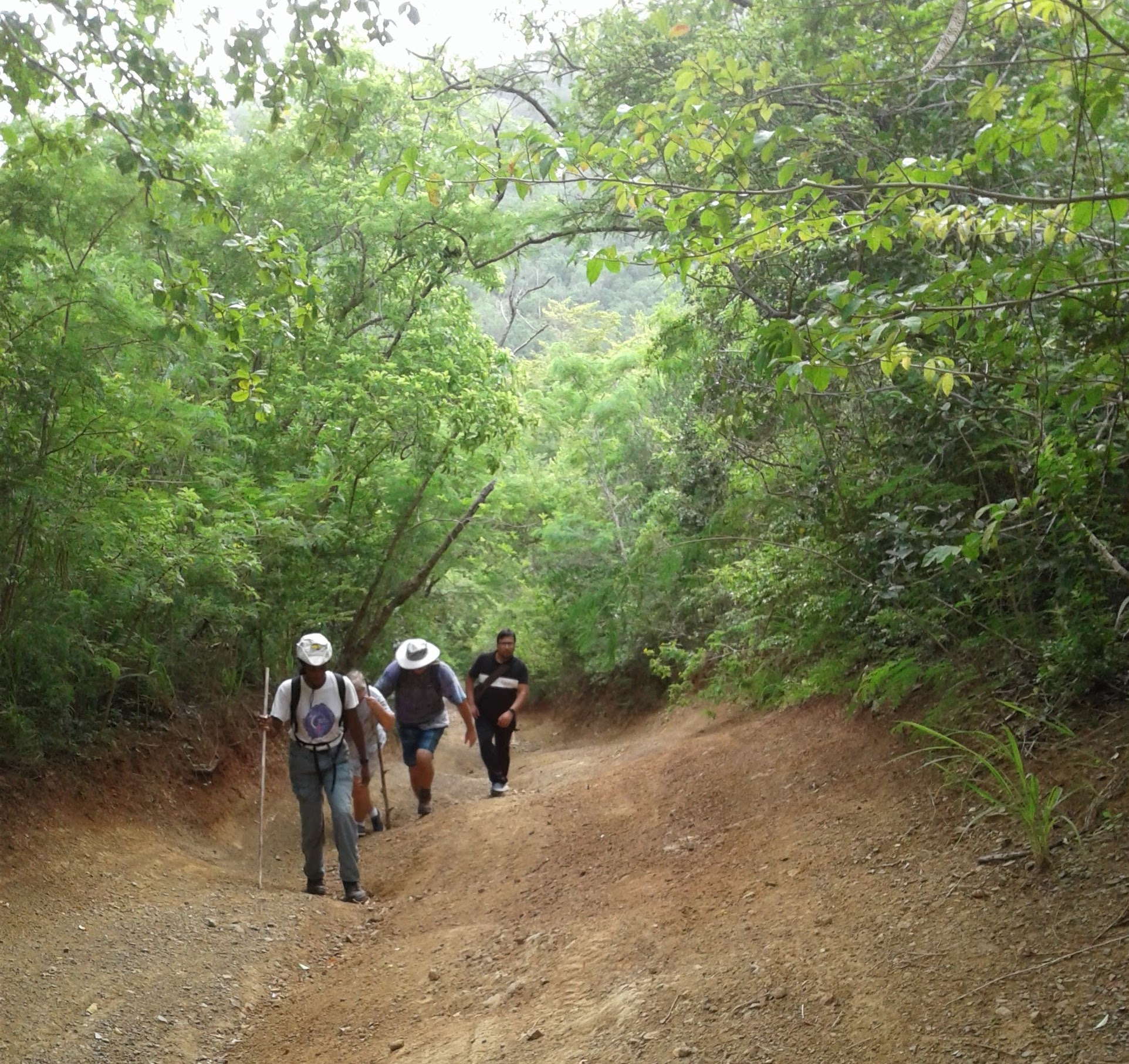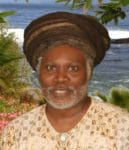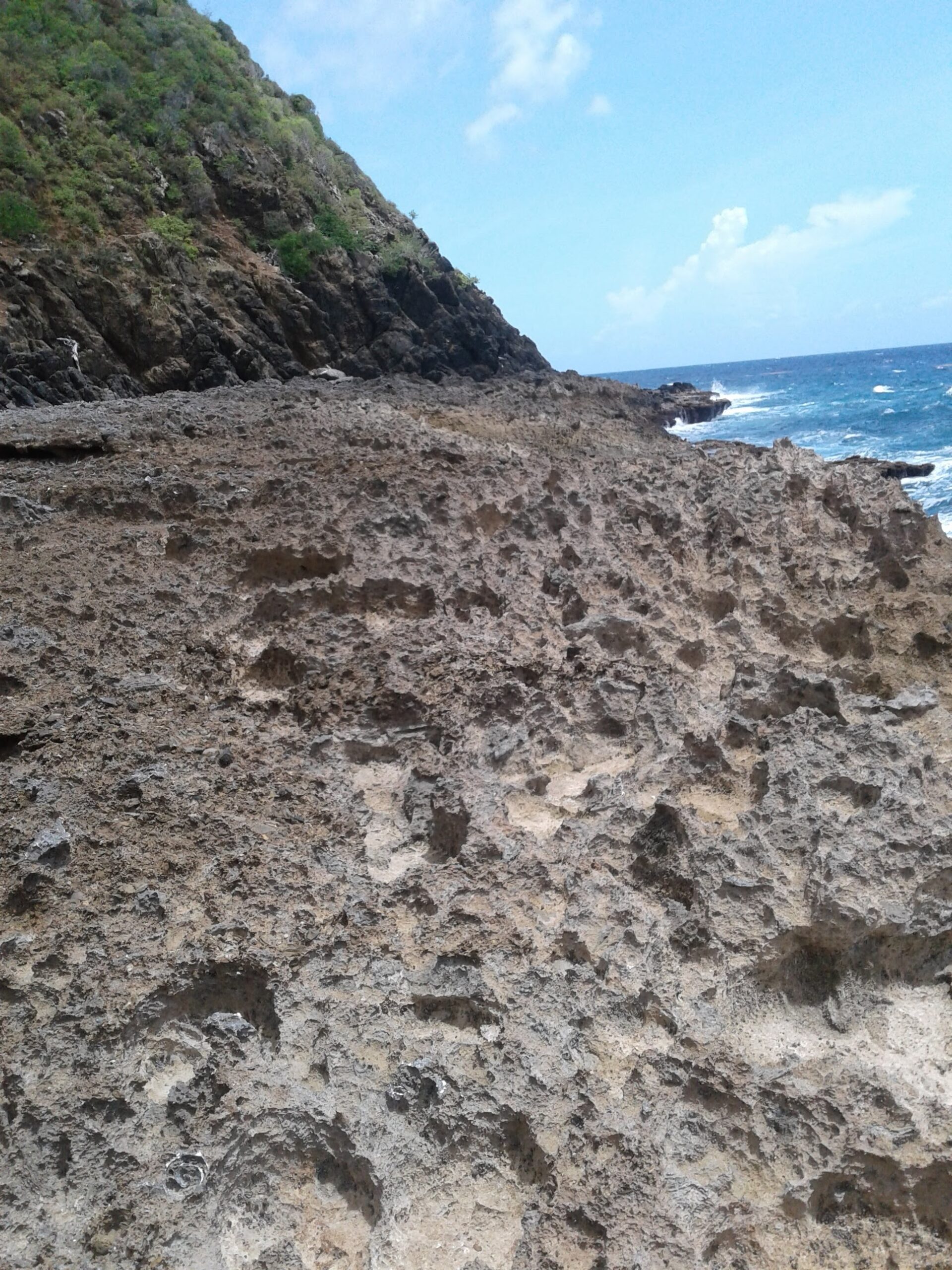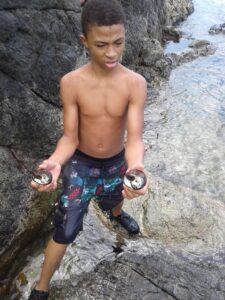
In 1972, Act No. 3190 was proposed by former Sen. Virdin Brown to establish a “Territorial Park System” for the Virgin Islands. This act was to preserve and enhance the landscape of the Virgin Islands by protecting historical, archaeological, and significant natural sites of these islands. The act then would also reorganize the newly established Department of Conservation and Cultural Affairs, the predecessor to the current Department of Planning and Natural Resources. However, the late Gov. Melvin Evans was not interested in administrative reorganization.

Nevertheless, apart from planning to protect some significant areas of the Virgin Islands, nothing happened to protect natural and cultural resources of these islands. In other words, the first Territorial Park System of the Virgin Islands remains a paper park. In 2022, I assisted Sen. Samuel Carrion and his staff along with my colleague Toni Thomas, from the School of Agriculture, University of the Virgin Islands, to help establish a Territorial Park System in the Virgin Islands.
As a result of our discussion with Sen. Carrion and his staff about creating a parks system, the Division of Territorial Parks and Protected Areas was established within the Department of Planning and Natural Resources. Thus, Bill No. 34-0267 was passed by the 34th Legislature and signed into law by Gov. Albert Bryan Jr., to establish a Territorial Park System for the second time in Virgin Islands history. With this new Territorial Park System, a board was established, and a director was appointed as Ms. Kitty Edwards, a native of St. Thomas, to govern the newly established parks system of the Virgin Islands.
Lately, the Maroon Country of the Great Northwest Quarter of St. Croix has been on my mind. Historically speaking, when it comes to the protection of land for the benefit of the people and our economy, our government tends to move extremely slow at times, and before we know it the ball is dropped with regard to significant endeavors such as creating Maroon Country Park on the Great Northwest Quarter of St. Croix.
I am always concerned for the protection of the natural and cultural resources of these islands. For example, in 1945, the late Arthur Fairchild donated 58.2 acres to the people of the Virgin Islands to create a park at Magens Bay on the Northside of St. Thomas. He built a botanical garden in Magens Bay with trees from all over the world in one of the most beautiful places in the Virgin Islands. Also, he went a step further and even provided in advance a Park Management Authority Plan. My good friend the late Dr. Edward L. Towle, in one of his many scientific papers advocating for protected areas of the Virgin Islands, said: “Government delays and paper work slowed the donation process, and the Deed of Conveyance was not completed until April 22, 1947.”
Towle was referring to the slow process of establishing Magens Bay as a park by the generosity of Fairchild’s contribution to the people of the Virgin Islands. This is one of many examples historically where our government almost dropped the ball or almost lost a gift by a private citizen donating land to the people of these islands. Therefore, Maroon Country on St. Croix should be a top priority for acquiring the land for the newly established Territorial Park System of the Virgin Islands.

Believe me, Maroon Country is a living natural organism with the last intact tropical forest on the north coast of St. Croix. It is a spiritual wilderness sanctuary; whenever you hike the area, your hair on your body stands up and the wonder of nature’s beauty, both terrestrial and marine environments, puts you in a place of heaven on earth. A place where you forget the world and the anxieties and stress of life are left behind.
A place where you hear the waves of the ocean hitting against the rocky coastline of cobble beaches and the forest music of birds singing. A place where the guts become like rivers with heavy rainfall while the mountaintop is covered with fog and clouds sit over the forest like a blanket of snow. A place of great full moons and sunsets kissing the west Caribbean Sea. In my mind, there is no place in the Virgin Islands that is so special like Maroon Country.
Believe me, the site was a gateway to freedom for runaway slaves. Although this year we will be celebrating the 290 years of what we have known in our history as the 1733 slave revolt on St. John, we should also be commemorating the bravery on the northwest of St. Croix where runaway slaves known as Maroons held out and resisted for centuries the Danish government’s brutal slavery system until July 3, 1848, when they got their physical emancipation. They fought for their freedom for hundreds of years. They never gave up the struggle for freedom, and we today are descendants of enslaved Africans, “free Blacks,” and Maroons.
The northwest of St. Croix deserves the protection of our heritage to honor those who lived in the cliffs, caves, forests, and mountains and those who lost their lives by jumping over the cliffs of Maroon Ridge, according to oral history. The slave gravesites in Maroon Country are a testimony to the struggle for freedom. Off the north coast of the Great Northwest of Maroon Country, the trench is 15,000 feet deep where the South American and Caribbean plates meet, isolating St. Croix from the northern Virgin Islands.

Within the watershed of Maroon Country, the marine environment is sparkling with sea life, especially whelks, sea turtles, brain corals, thousands of sea urchins, crabs, etc., and so many schools of fish of different species. From the shore of Annaly Cove, Annaly Bay, Annaly Notch, Wells Bay, Wills Bay, and Sweet Bottom Bay, you will see at times fishermen tending their fish pots.
Listen to Jerry Doward’s story about Annaly Bay: “Back in the 80’s a guy named Harry Harris (deceased) and myself would walk down Annaly hill every Saturday morning to get whelks. So, all those pools are very familiar to me. I dove in all of them. When we got to the bottom of the hill, we would walk west, as far as Bat Hole. Then head east as far as Davis Beach, now Carambola. Head back west and back up the hill. Each of us held a half crokos bag of whelks. Bert Bryan and Douglas Carter came with us a few times. When we got back, we had a whelks party. Friends from east and all over would stop by. Gus would invite some of his political friends and we had a blast. Dem was deh good days.”
What can I say? Maroon Country should be top priority for Territorial Park System protection. I personally will give the governor and his staff a hike along the easier route to Maroon Country. Or he can see the site from a boat at sea.
— Olasee Davis is a bush professor who lectures and writes about the culture, history, ecology and environment of the Virgin Islands when he is not leading hiking tours of the wild places and spaces of St. Croix and beyond.





